Things To Do in Dubrovnik Croatia
Things To Do in Dubrovnik Croatia
Dubrovnik, Croatia is a walled city with a rich and remarkable history located on the Adriatic coast. The city started as a settlement on the island of Laus, near present-day Cavtat. After an invasion by the Slavs in the seventh century, residents of Epidauros and other nearby areas were forced to move into Laus, which was later renamed Raus and then Ragusa in Croatia. The city was part of the Byzantine Empire from the ninth century until the twelfth century, during which it continued to expand. Venice then took control of the city from 1205 to 1358 through an invasion. We hope that this Things To Do in Dubrovnik Croatia post inspires you.

Photo by Luciann Photography on Pexels
Things To Do in Dubrovnik Croatia
The city is surrounded by stone walls or ramparts, with just two entrances leading to the promenade or Stradun. Although a significant portion of Dubrovnik was destroyed by an earthquake in 1667, its walls remained intact. In 1806, Napoleon invaded the city without much resistance and officially dissolved the Republic of Ragusa in 1808. The city became part of Croatia, which belonged to the kingdom made up of a coalition of the Croats, Serbs, and Slovenes after the First World War. This coalition later became the Kingdom of Yugoslavia after World War II. Between 1991 and 1992, Dubrovnik was invaded by the Serbs for over seven months, causing considerable damage to the city. However, it was rebuilt and restored to its former glory.
There are numerous attractions in this old city, including the stone walls that surround the city and have remained unchanged despite several invasions and a devastating earthquake. Situated on the Adriatic coast, the city offers beaches and a rock and pebble coast that provide visitors with a wide range of fun activities to engage in. The Baroque Cathedral in the city was built in the seventeenth century and contains impressive treasures, such as the skull of St. Blaise. Dubrovnik was also featured in the Game of Thrones series, with numerous parts of the city used as locations, including Pile Bay as Blackwater Bay, St. Dominika Street as the street of Cersei's Walk of Shame, and Minceta Tower as the House of the Undying.
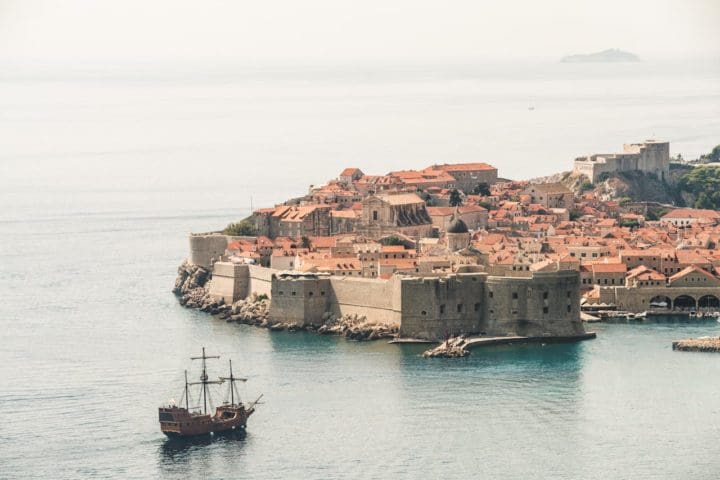
Photo by Veeterzy on Pexels
The Cultural History Museum in Dubrovnik is built on the Rector's or governor's palace, which was established around the fifteenth century and where the governors resided during their term in office. The museum exhibits the portraits of prominent locals, costumes, furniture, and clocks. This museum was also used as the atrium to the palace of the Spice King in the Game of Thrones. Fort Lovrijenac is another major landmark in the city, built in the thirteenth century. Apart from offering a wonderful view of the city, Fort Lovrijenac was also the location where a tournament was held in celebration of King Jeffrey being named the King in the Game of Thrones.
Sunj Beach is one of the few sandy beaches in the city, located in the Elafiti Islands of Lopud and Sipan. Lokrum Island is only a short distance from the city, and visitors can visit this island by ferry to view beautiful gardens and other attractions, such as peacocks.
Hotel Croatia Dubrovnik
When to visit Dubrovnik
For summer lovers, choosing the months of June, July, and August to visit will be ideal as this is the peak of summer in the city of Dubrovnik, and lots of people visit the city during this period. In April, the city is usually cold, and there are no large crowds of people which is ideal for those who enjoy quiet and calm environments. The months of May and September are usually warm, but not many people visit this city during this time, and this could be great for those who enjoy such conditions without large crowds.
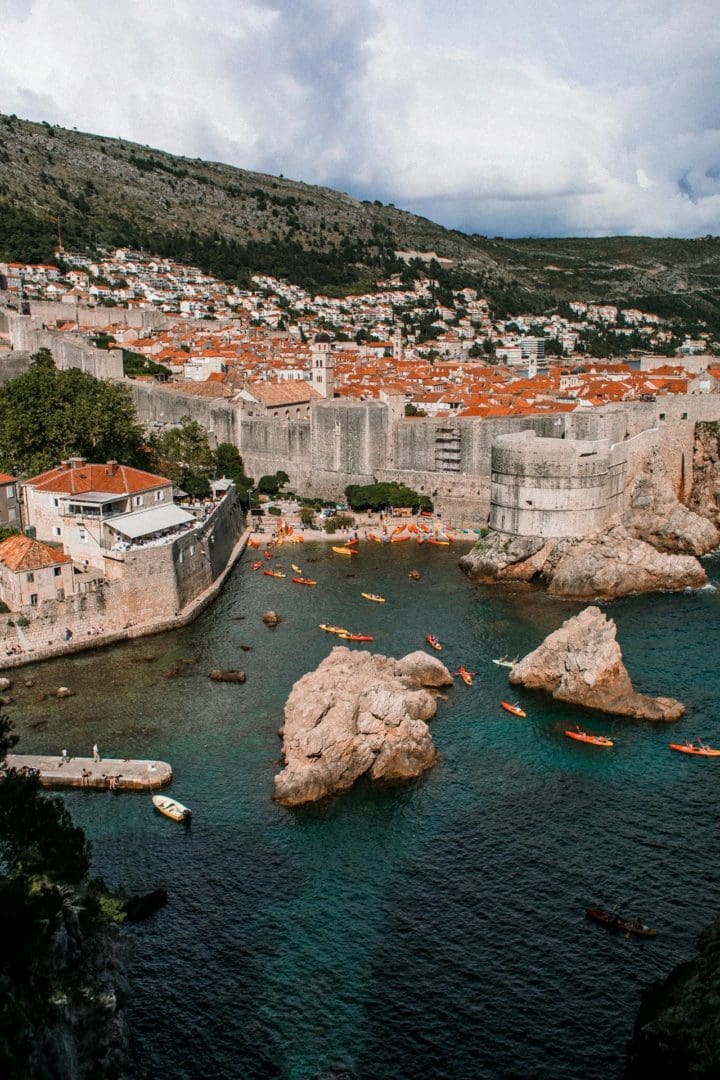
Photo by Rachel Claire on Pexels
Events and Festivals in Dubrovnik
Dubrovnik‘s Summer Festival takes place during the month of June and it entails dance, theatre, and music performances. In January, visitors can participate in the city's Festa which involves theatre performances, concerts, and food offerings. The Festival of St. Blaise or the city's patron is held on every February,3, but the festivities continue for several days this month. Similar to other places in the world, the city hosts the carnival festivals during February. The folklore ensemble has been taking place in the city from May to October each year for the last 50 years. Around midsummer's day, the Ana in the City festival is held every year in remembrance of Ana Rucner, a famous Croatian cellist. In June, the Midsummer Scene Festival is held in celebration of William Shakespeare.
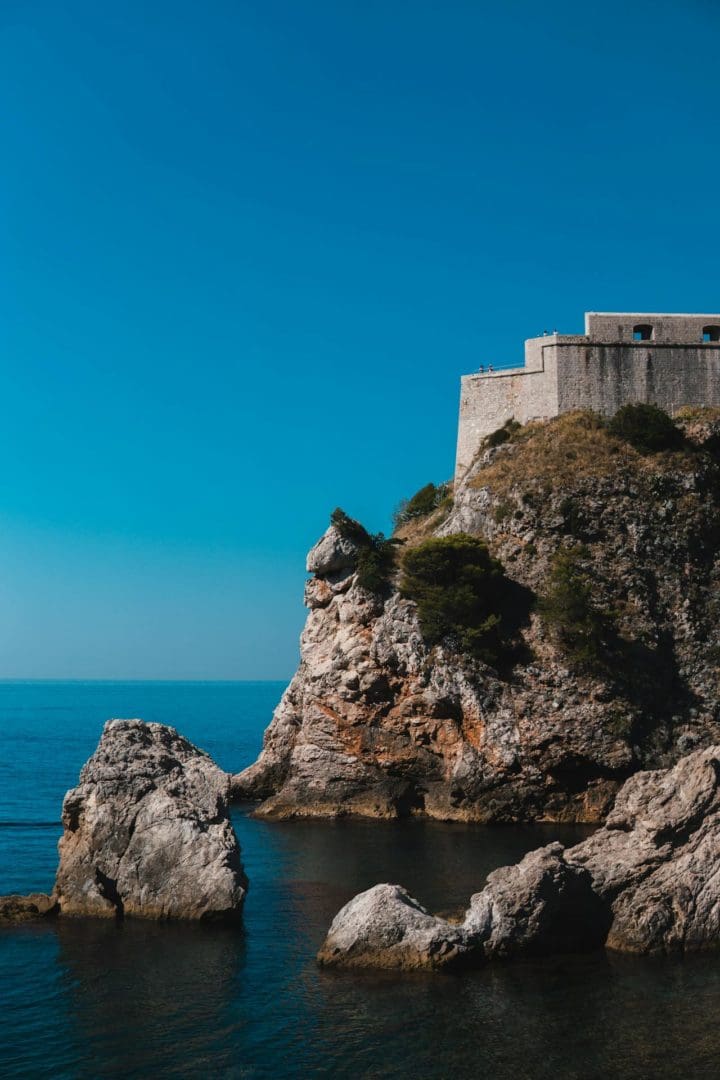
Photo by Vito Vidović on Pexels
Does Dubrovnik produce anything?
Dubrovnik produces honey, olive oils, lavender, Lace, grapes, walnuts, and other plants as well as cosmetics, oils, soaps, and other products made from these plants. There are also several types of grapes including Grasevina and Malvasia which produce unique wines.
What to bring home from Dubrovnik
The best souvenirs from Dubrovnik Croatia tend to be things like konavle earrings which are traditional jewelry made from gold and silver. Botuns are sphere-shaped gold and silver buttons that were mainly used to adorn men's costumes, but they are now available in the form of necklaces, bracelets, lapel pins, and earrings. Hand-stitched lines such as napkins, table runners, and tablecloths featuring black, red, and green colors. Coral and gemstone jewelry including rings, bracelets, and necklaces. Cravats are a national cultural symbol of Croats.
We hope that this Things To Do in Dubrovnik Croatia post inspires you. Happy travels!
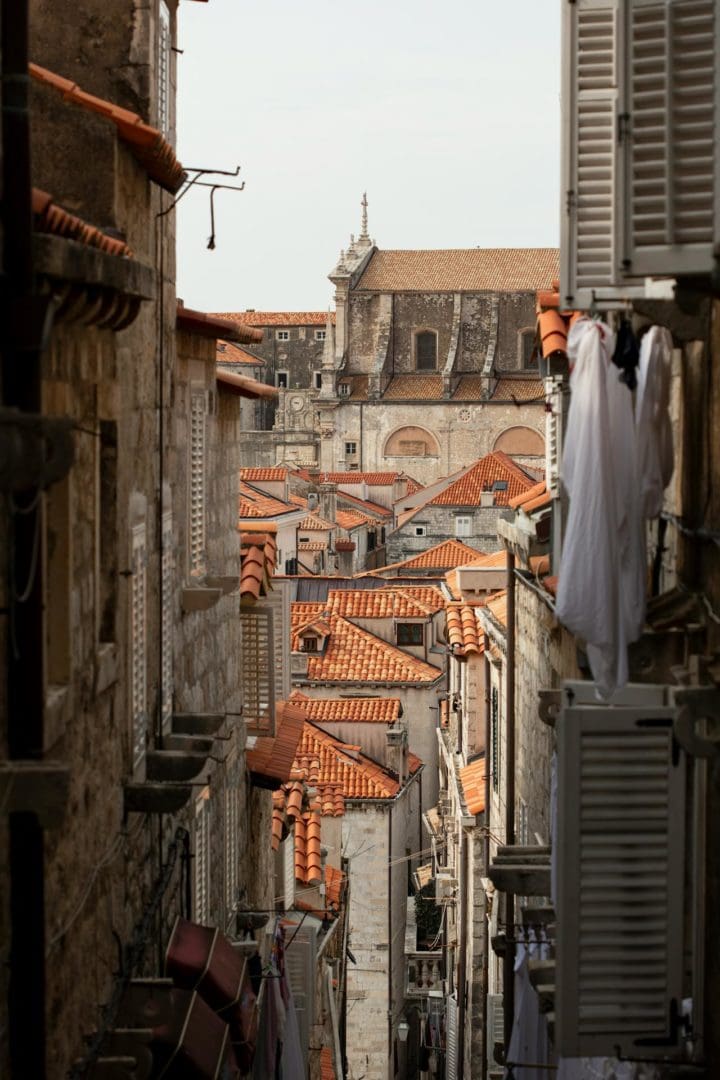
Photo by Milada Vigerova on Pexels

Island of Hvar in Croatia







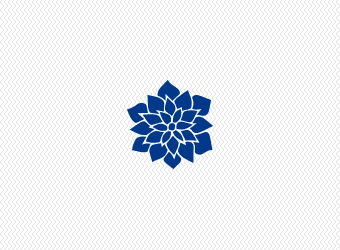
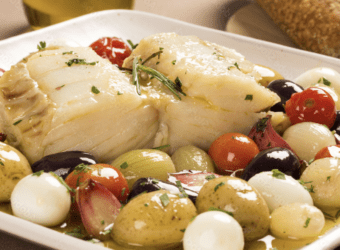
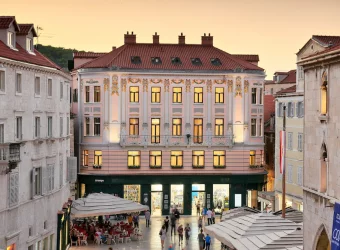

Pingback: Best Hotels in Dubrovnik Croatia